
Volcano Eruption Adds To Chaos After 8.8-Magnitude Quake Rocks Russia’s Far East
A Day of Fire and Waves: Earthquake Triggers Volcano Eruption and Tsunami Chaos Across the Pacific
A powerful 8.8-magnitude earthquake rocked the Pacific region early Wednesday, triggering a series of dramatic and destructive events that unfolded across multiple countries. Among the most striking consequences was the sudden eruption of Klyuchevskoy volcano, Russia’s highest and one of its most active volcanoes, located on the remote Kamchatka Peninsula.
Just hours after the seismic shockwaves were felt, scientists monitoring the region reported a fiery cascade of molten lava descending down Klyuchevskoy’s slopes. The United Geophysical Service of the Russian Academy of Sciences confirmed the eruption, posting on Telegram: “A descent of burning hot lava is observed on the western slope. Powerful glow above the volcano, explosions.”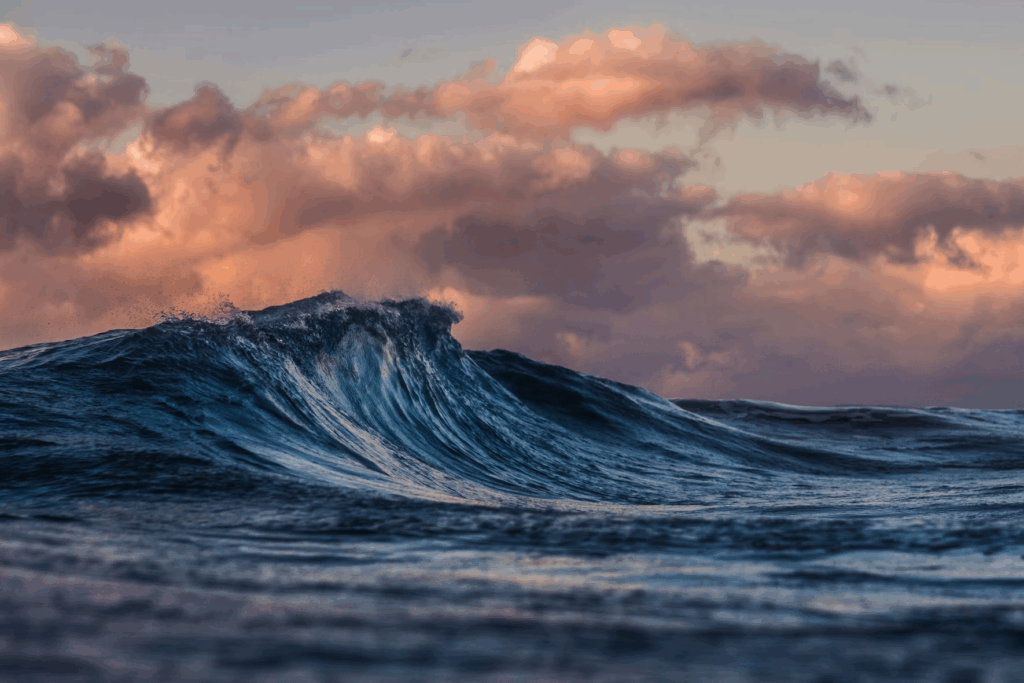
This breathtaking yet alarming display of volcanic activity came in the wake of the massive undersea earthquake that struck off the coast of Kamchatka. The tremor sent tsunami waves radiating across the Pacific Ocean, prompting widespread tsunami warnings and chaotic evacuations throughout the region.
Klyuchevskoy, standing over 4,750 meters tall, is no stranger to eruptions. Positioned approximately 450 kilometers (280 miles) north of Petropavlovsk-Kamchatsky, the regional capital, it has erupted many times in recent decades. But the timing of this latest event—coinciding with one of the most powerful earthquakes in recent years—has added a dramatic layer to an already tense situation.
Earthquake Aftermath and Initial Impact
Despite the magnitude of the quake, no confirmed fatalities have been reported so far. However, the quake did destroy several homes and injured numerous individuals in Kamchatka’s sparsely populated and rugged terrain. Emergency services and rescue workers are still assessing damage in isolated areas.
Meanwhile, in Japan, residents were reminded of the devastating 2011 earthquake and tsunami that led to nuclear meltdowns at the Fukushima Daiichi plant. Waves surged ashore in northern Japan, with reports of ports being flooded and frightened residents fleeing inland. Evacuation centers quickly filled, and authorities maintained strict watch on nuclear facilities, though they reported no abnormalities as of Wednesday.
In the United States, coastal regions from California to Washington state, including Hawaii, were placed under tsunami warnings or advisories. San Francisco Bay recorded waves between 2 and 5 feet, enough to trigger concern and precautionary measures. In Honolulu, highways became parking lots as residents tried to flee coastal zones, even in areas not directly threatened by immediate flooding.
According to Dave Snider, tsunami warning coordinator with the National Tsunami Warning Center in Alaska, tsunamis often deceive the public with their timing. “A tsunami is not just one wave,” he explained. “It’s a series of powerful waves over a long period of time. Tsunamis cross the ocean at hundreds of miles an hour — as fast as a jet airplane — in deep water. But when they approach land, they slow down and stack up. That’s when the real danger begins.”
Warnings Downgraded in Some Areas, Escalated in Others
As the hours passed, some regions began to see a reduction in the level of threat. Hawaii downgraded its tsunami warning to an advisory and lifted evacuation orders for both the Big Island and Oahu, although residents were warned that dangerous wave conditions could persist for many hours or even days.
Authorities in Russia also downgraded their tsunami alert for Kamchatka, while in Japan, the intensity of the warning was gradually lowered as the risk diminished. However, not all regions were able to breathe a sigh of relief.
In Chile, officials escalated their alert to the highest level, prompting the evacuation of hundreds of residents along its vast Pacific coastline. The country, familiar with seismic activity, activated emergency protocols as it prepared for waves that could reach several meters in height.
Further out in the Pacific, waves began hitting the remote Marquesas Islands in French Polynesia, with forecasts warning of possible surges as high as 2.5 meters (8 feet). Local authorities urged communities to flee to higher ground and remain alert to further developments.
Even in Ecuador’s Galapagos Islands, known more for their wildlife than seismic events, officials ordered evacuations in low-lying coastal zones as a precautionary measure.
Aftershocks and Lingering Concerns
Back in Kamchatka, aftershocks continued to rattle the region throughout the day. Danila Chebrov, director of the Kamchatka Branch of the Geophysical Service, warned via Telegram: “Aftershocks are currently ongoing. Their intensity will remain fairly high. However, stronger tremors are not expected in the near future.”
While the immediate danger from a secondary major quake seems unlikely, the cascading events—a powerful earthquake, a volcano eruption, and a trans-Pacific tsunami threat—have left much of the northern Pacific Rim on high alert.
Although the tsunami threat appears to be decreasing in most areas and no catastrophic damage or widespread casualties have been reported, the incident has once again underscored the volatile nature of the Earth beneath us. From lava-spewing volcanoes in the Russian wilderness to ocean-crossing tsunami waves, the planet has reminded us of its immense power—and our need to be prepared when that power is suddenly unleashed.
News in the same category


Optical illusion reveals whether you’re an introvert or extrovert

Trapped in Silence: Boy Awakens After 12-Year Coma With Terrifying Secret
Imagine suddenly being trapped inside your own body—fully conscious, aware of your surroundings, but completely unable to move, speak, or communicate in any way. For Martin Pistorius, this unimaginable scenario was reality for more than a decade. His st

Urgent warning issued to all iPhone users following release of iOS 18.6
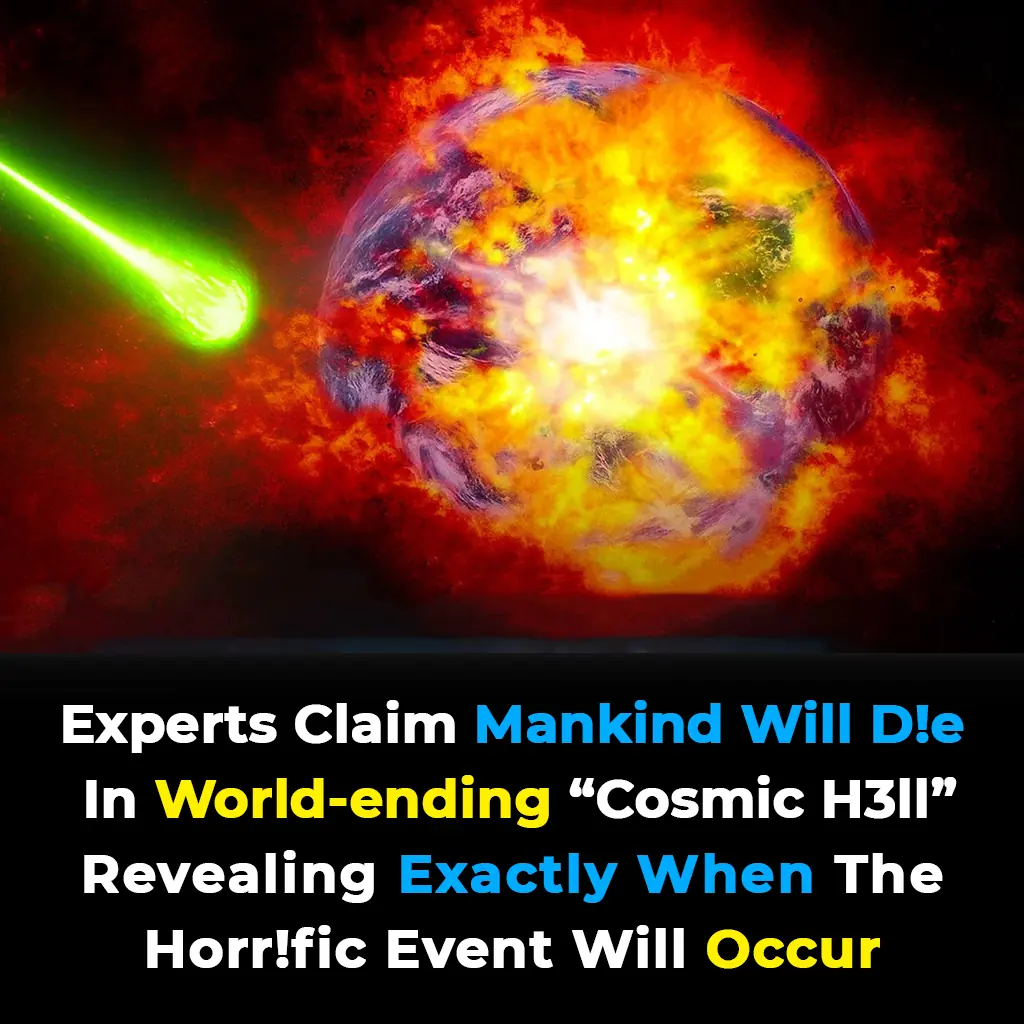
Experts Warn of Imminent 'Cosmic Hell' That Could Wipe Out Mankind, Exact Time Revealed
Though the ending is billions of years away, the emerging evidence is shifting scientific consensus on cosmic fate. Understanding dark energy—the force shaping expansion—is one of the greatest unsolved mysteries in physics.
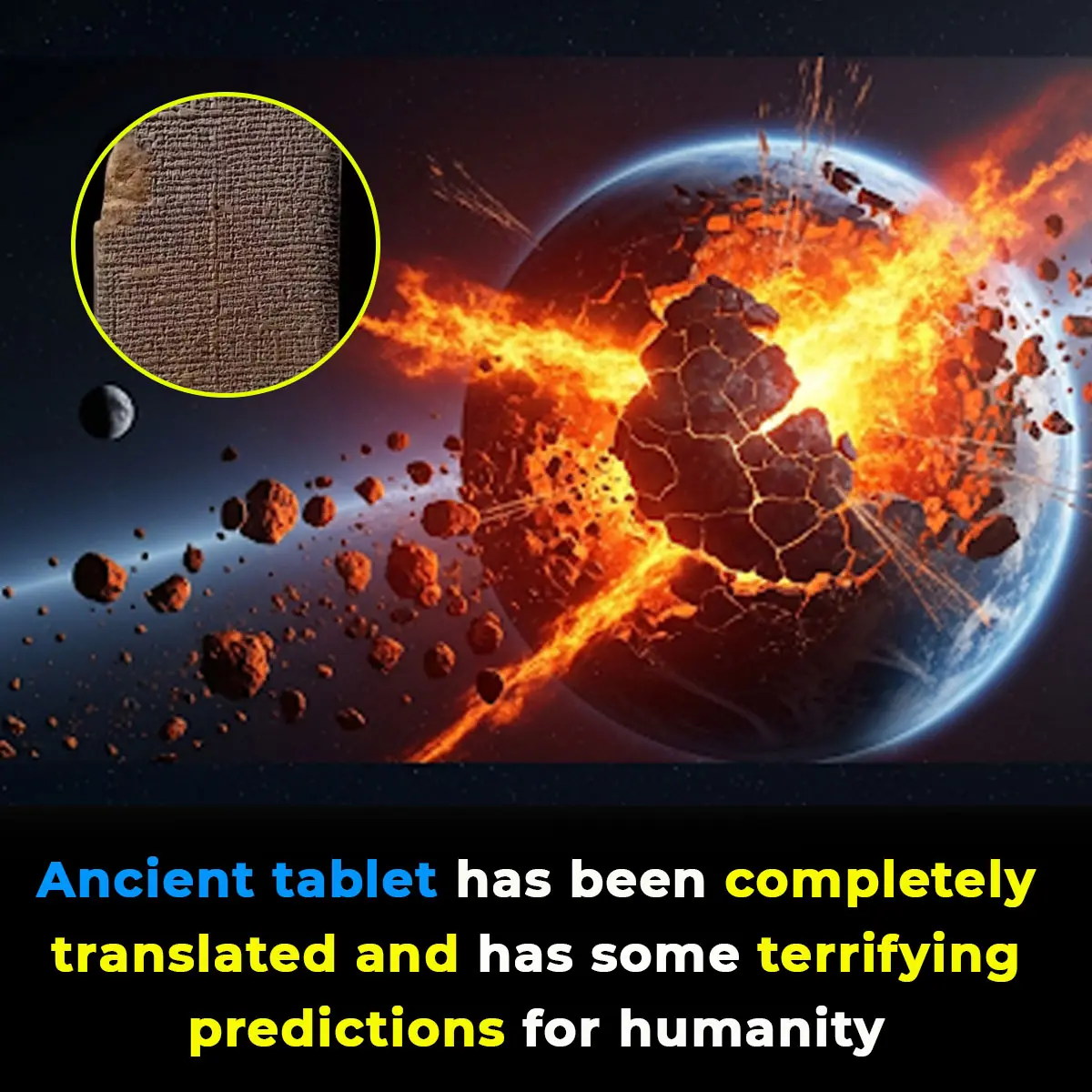
Ancient tablet has been completely translated and has some terrifying predictions for humanity
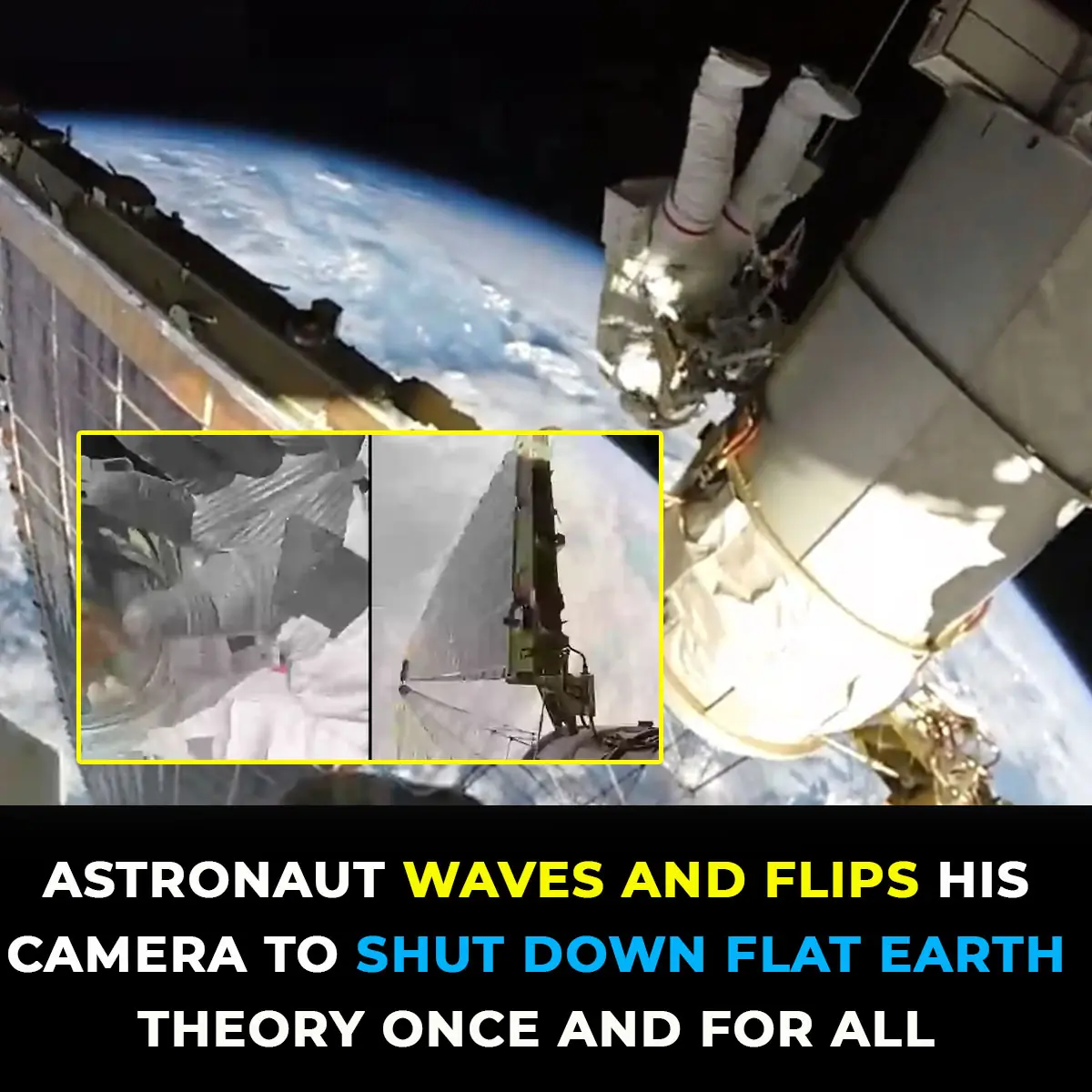
Astronaut Waves And Turns His Camera To Disprove The Flat Earth Theory For Good

Your iPhone’s Volume Buttons Are Loaded with Hidden Features

Astronaut shares the profound ‘big lie’ he realized after seeing the Earth from space

Some people are only now realizing what the “WC” sign stands for on washrooms
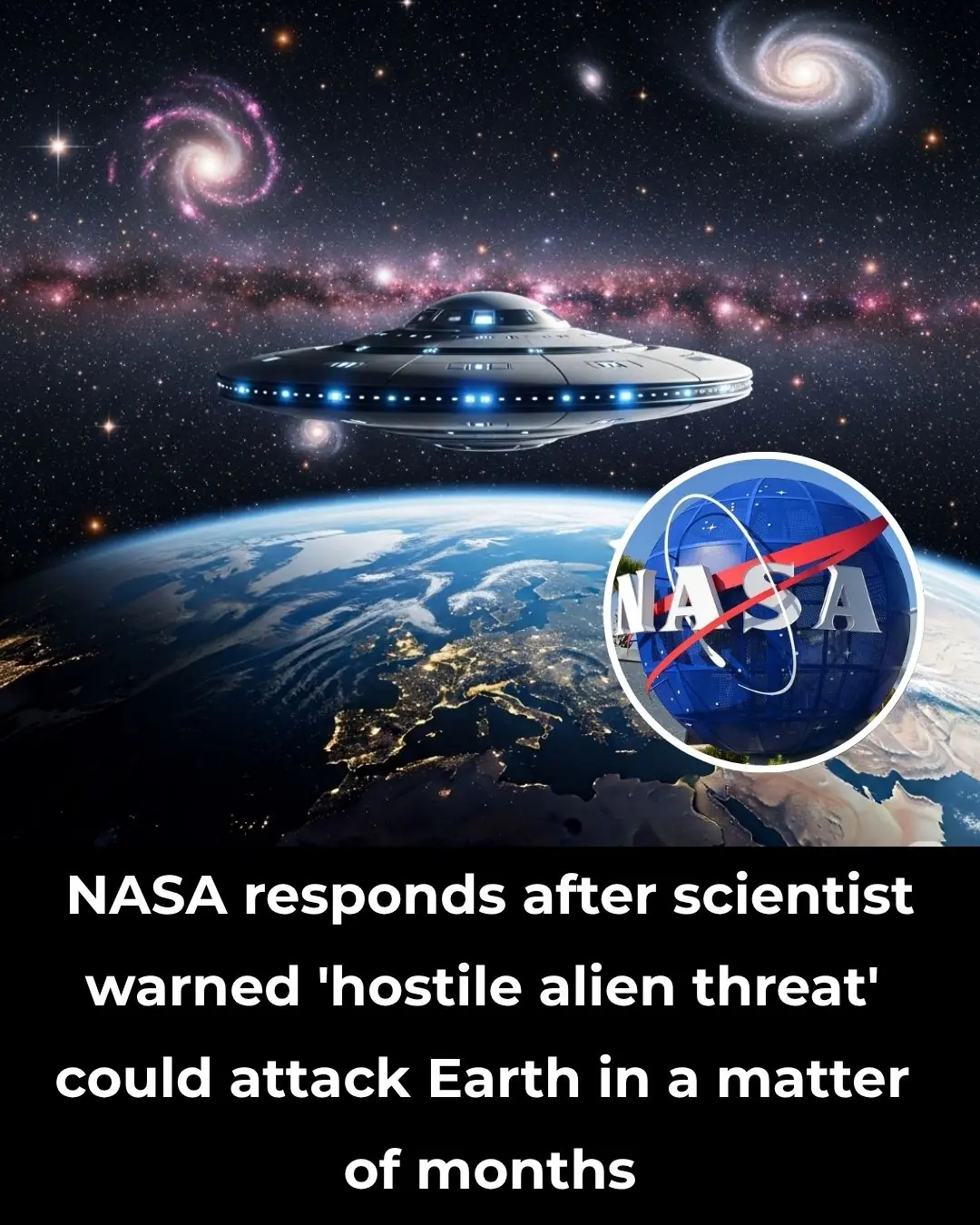
NASA responds after scientist warned 'hostile alien threat' could attack Earth in just months

TerrIfying Study Links Everyday Household Chemical to Over 350,000 De@ths Worldwide
Experts urge immediate global action after new data uncovers staggering cardiovascular risks tied to everyday plastic-softening chemical.

How Often Should Men Ej@culate Each Month? Sh0cking Harvard Study Reveals a Powerful Link to Pr0state Health
It’s not often that something enjoyable turns out to be good for your health - but in this case, it just might be.
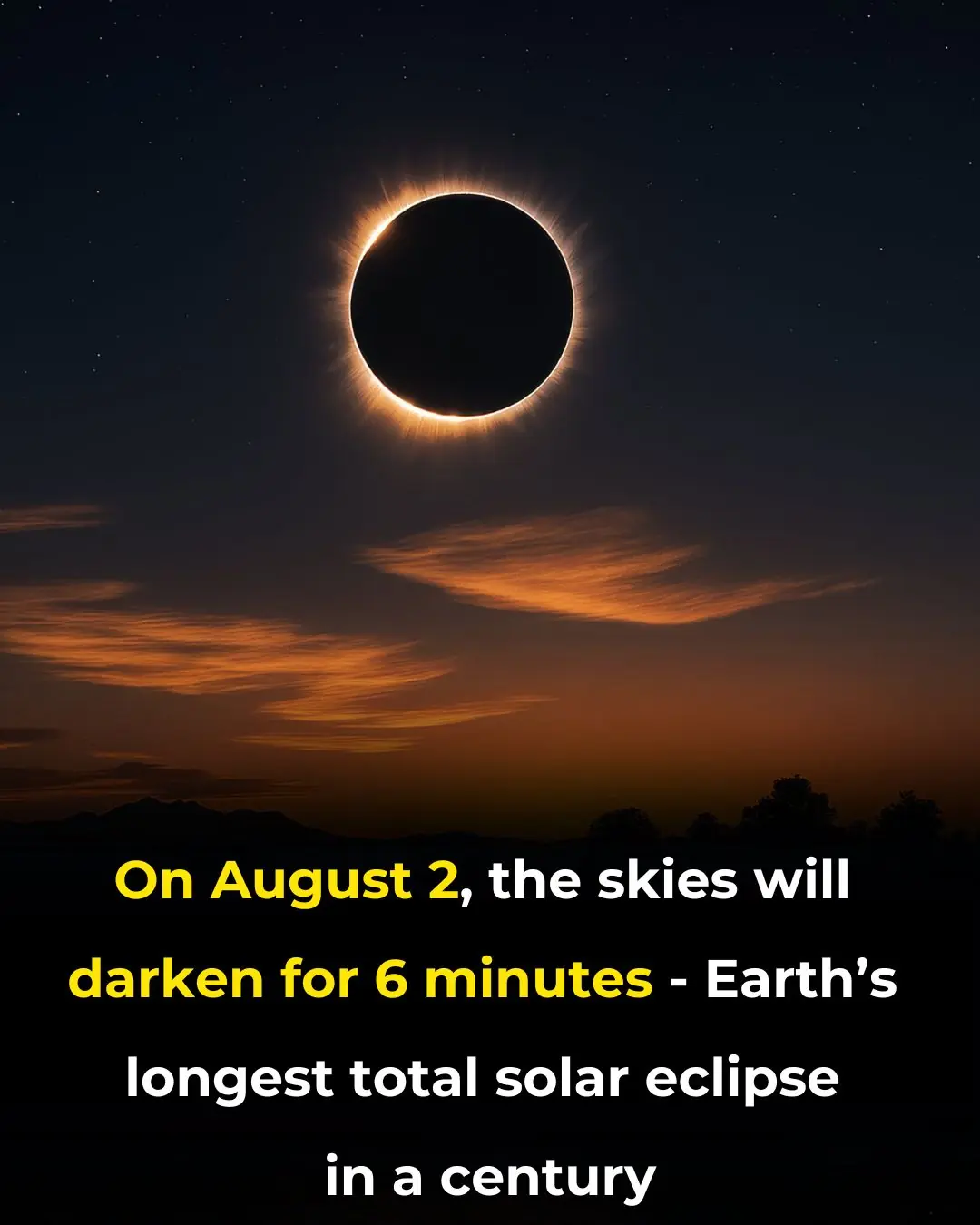
On August 2, The Skies Will Darken for 6 minutes-Earth’s Longest Total Solar Eclipses In A Century Is coming in 2027!

Scientists install the world’s first electronic spine to restore movement after paralysis.

Unplug These 5 Kitchen Appliances Before Bed to Prevent a Fire, Experts Warn

People Are Only Now Learning The Horrifying Explanation For Why The Titanic’s Wreckage Has No Remains

Chaos as cruise ship passengers 'left behind' following major tsunami in Hawaii

Urgent warning issued to all iPhone users following release of iOS 18.6
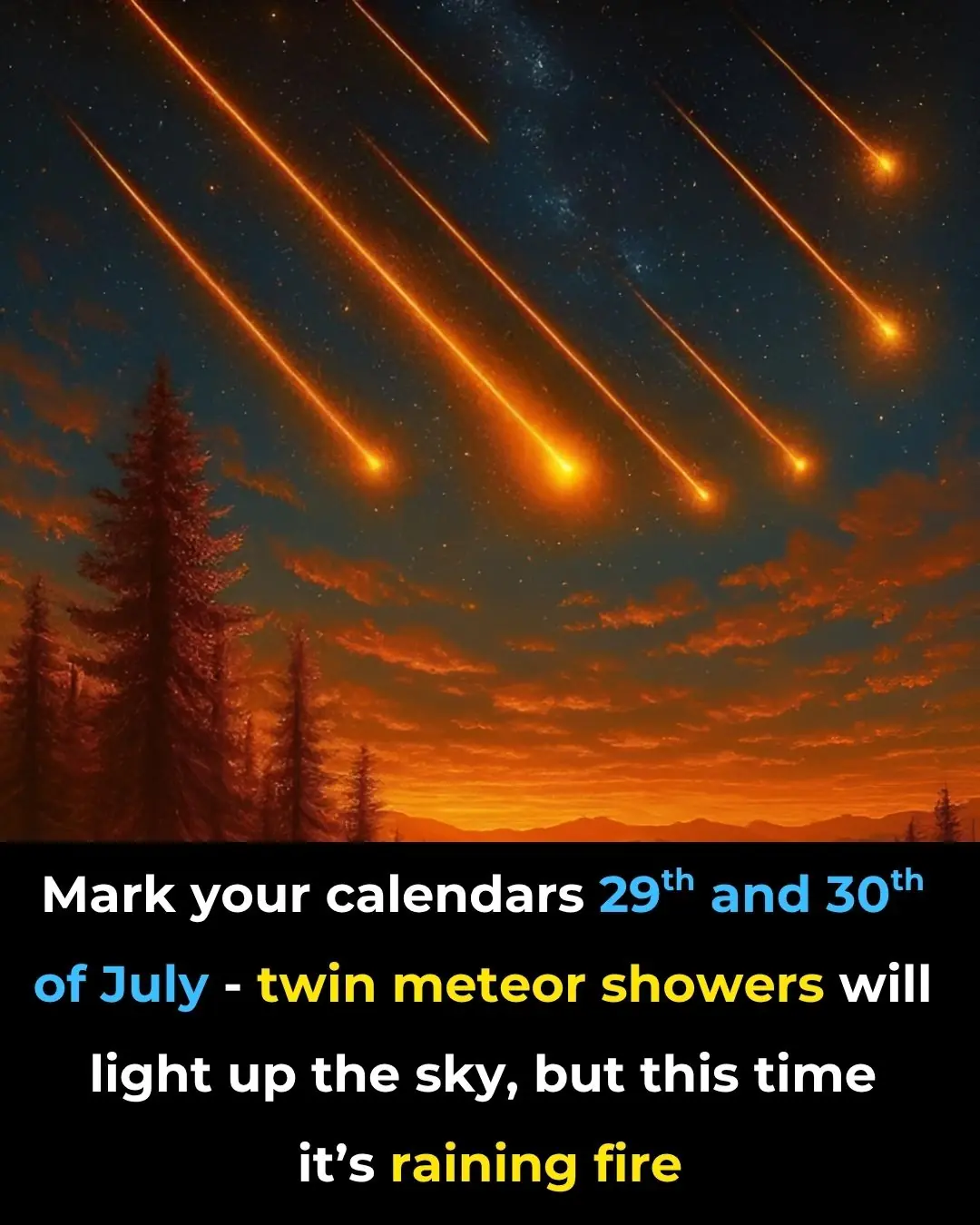
Skywatchers Delight: Dual Meteor Showers And Upcoming Celestial Events
News Post

Man Folded In Half Stands Straight After 28 Years

What Does it Symbolize When a Person Who Passed Away Shows up in Your Dream?

Mary Ann Bevan: The Tragic Story of the ‘World’s Ugliest Woman’

Pressure Points in Your Feet: Use This Foot Massage Chart for Pain Relief

8 Ways To Get Rid Of Phlegm And Mucus In Chest And Throat

Missing MH370 aircraft ‘found’ after Google Maps search

Doctor Reveals Surprising Thing That Occurs When You Don’t Eat – and It’s The ‘Opposite’ of What Most People Think

10 Signs You May Have Kidney Disease

This is what sleeping on the left side does for our brain, stomach & glymphatic health
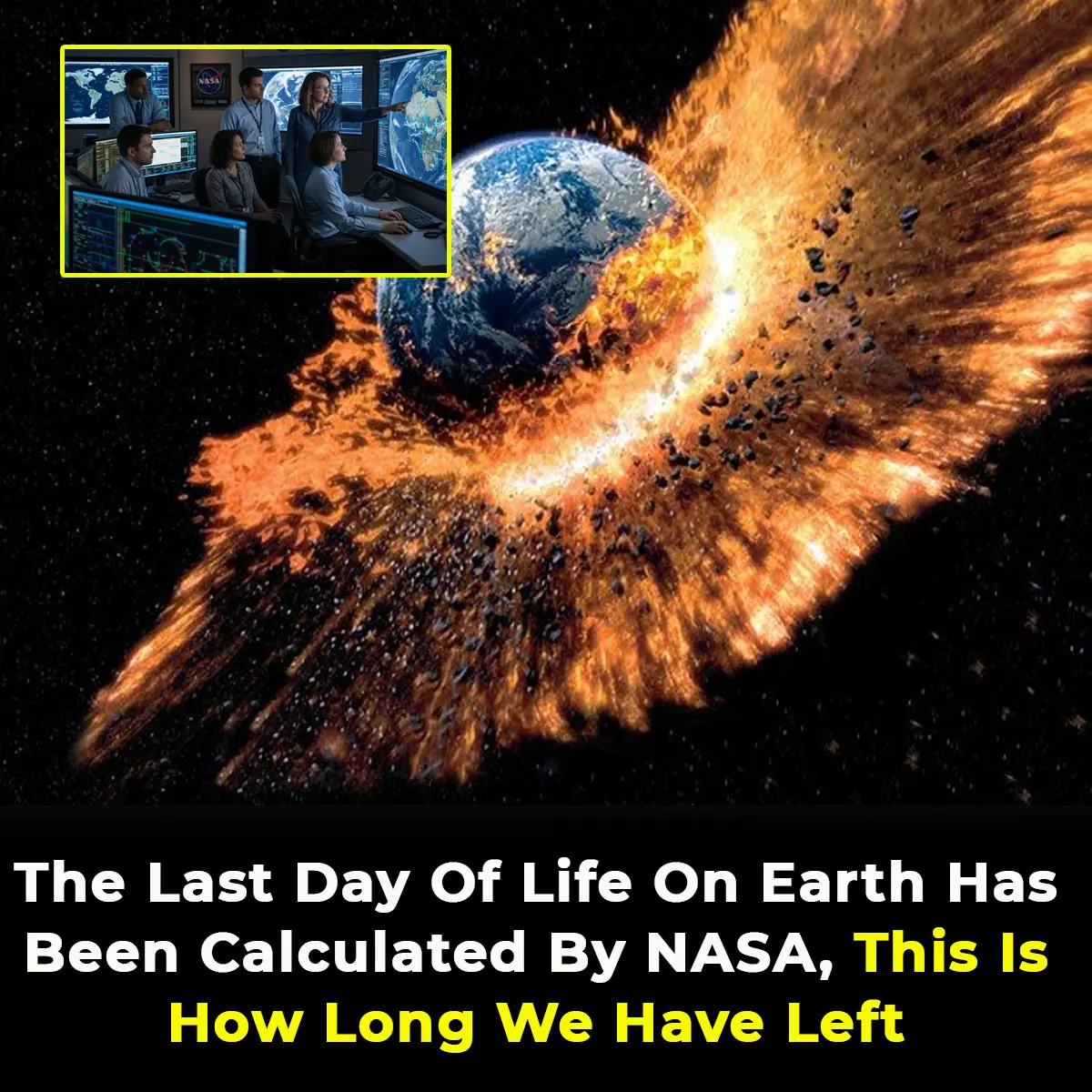
The Last Day Of Life On Earth Has Been Calculated By NASA, This Is How Long We Have Left

Optical illusion reveals whether you’re an introvert or extrovert

Calls for popular smartphone to be banned from planes after another device catches fire

Trapped in Silence: Boy Awakens After 12-Year Coma With Terrifying Secret
Imagine suddenly being trapped inside your own body—fully conscious, aware of your surroundings, but completely unable to move, speak, or communicate in any way. For Martin Pistorius, this unimaginable scenario was reality for more than a decade. His st

Urgent warning issued to all iPhone users following release of iOS 18.6

Experts Warn of Imminent 'Cosmic Hell' That Could Wipe Out Mankind, Exact Time Revealed
Though the ending is billions of years away, the emerging evidence is shifting scientific consensus on cosmic fate. Understanding dark energy—the force shaping expansion—is one of the greatest unsolved mysteries in physics.

This Is What Happens When You Eat Too Much Sugar—#7 Will Sh0ck You!
Learn to recognize the red flags of sugar overload before it sabotages your health

Ancient tablet has been completely translated and has some terrifying predictions for humanity
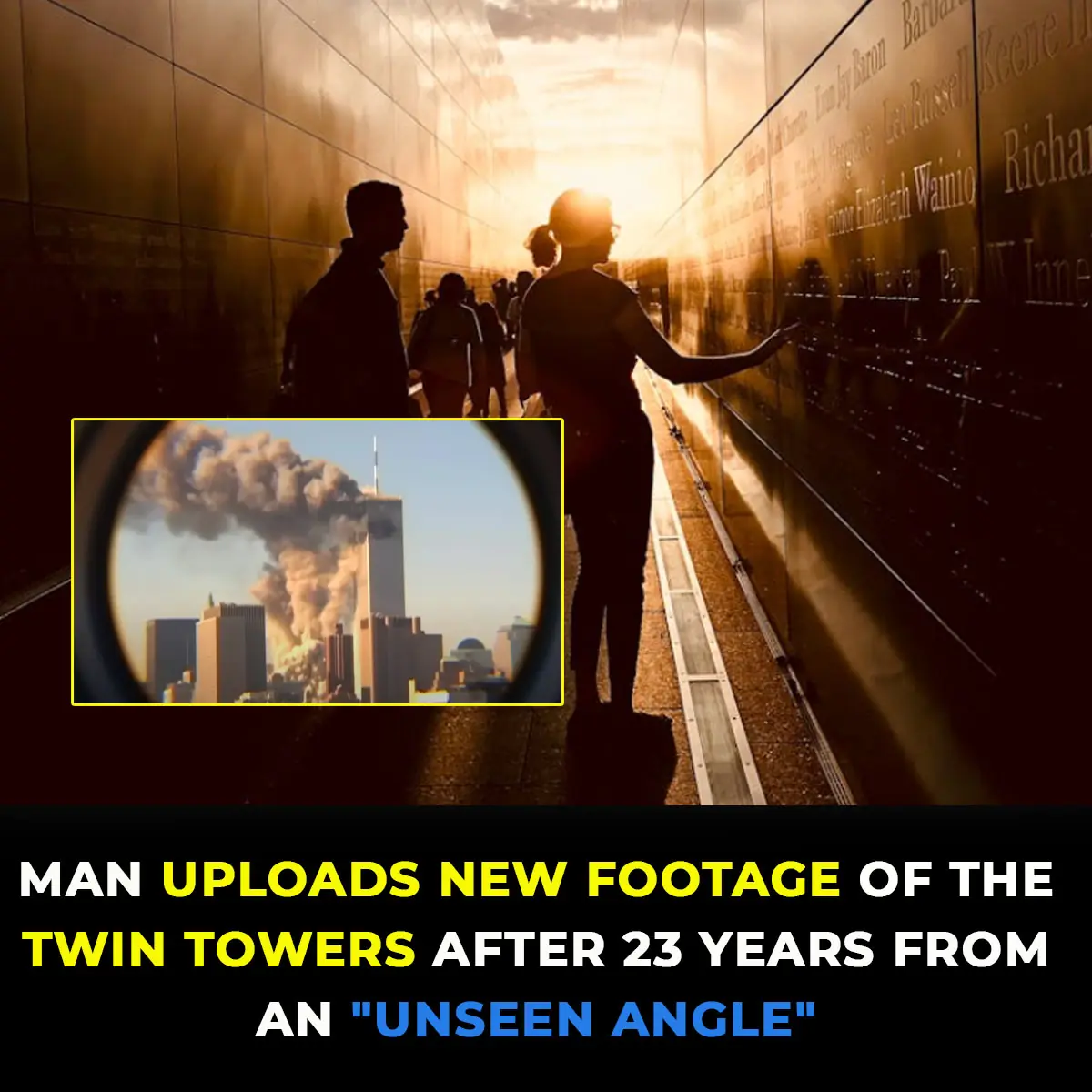
Man Releases Chilling Never Seen Before Footage of Twin Tower Collapse

Heart Surgeon Reveals 4 Foods You Should ‘Always Avoid’ That Will ‘Poison’ Your Body
